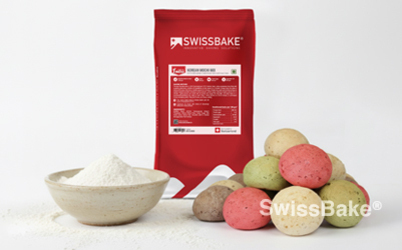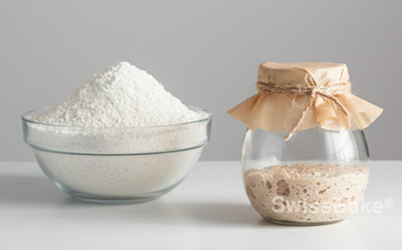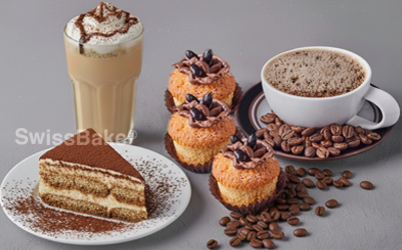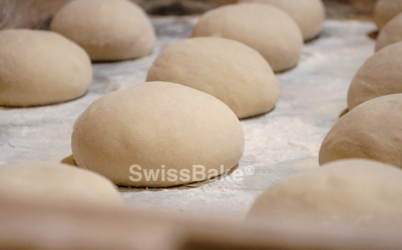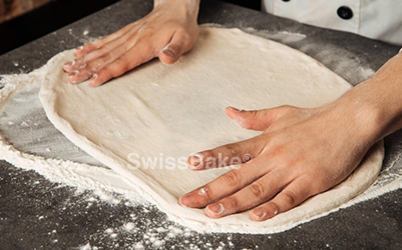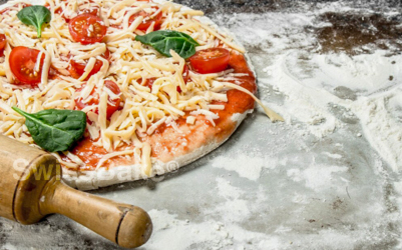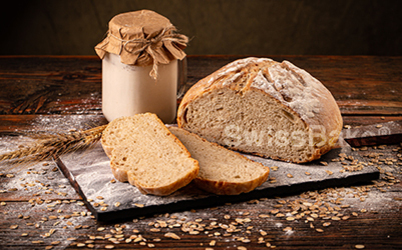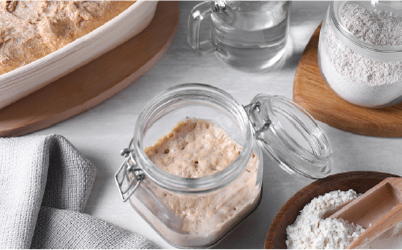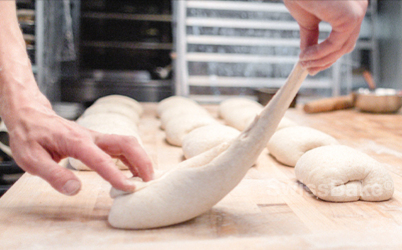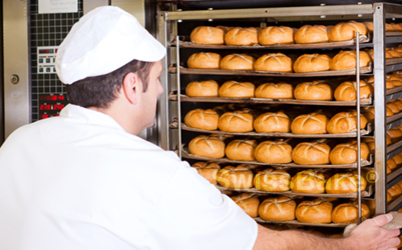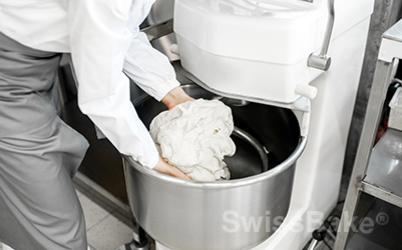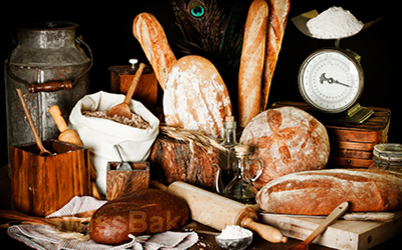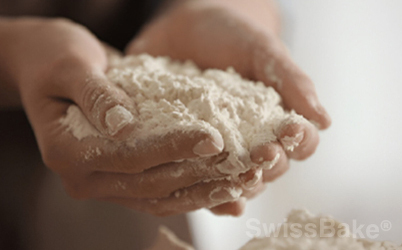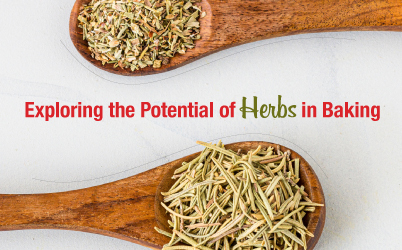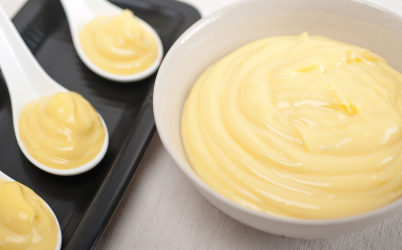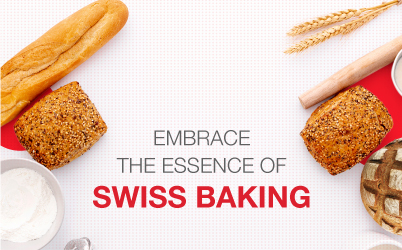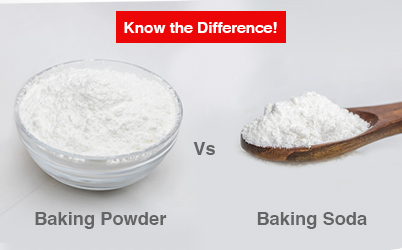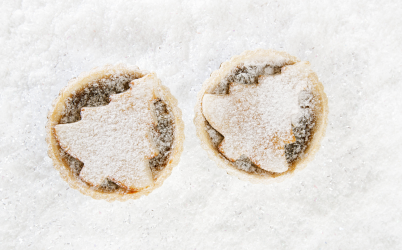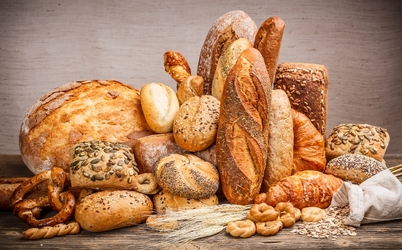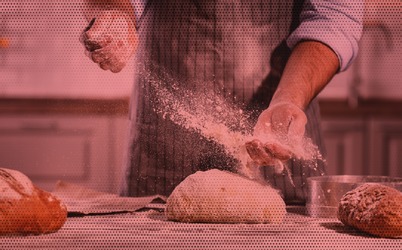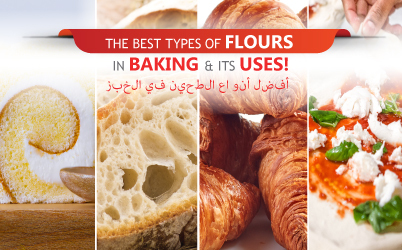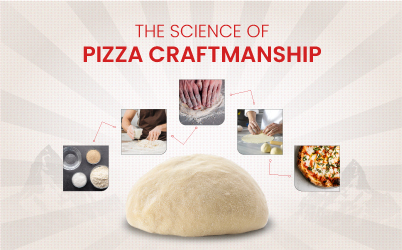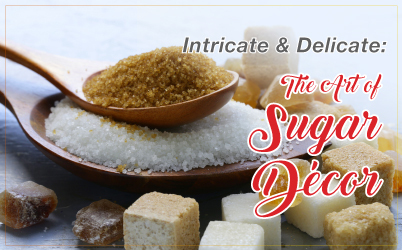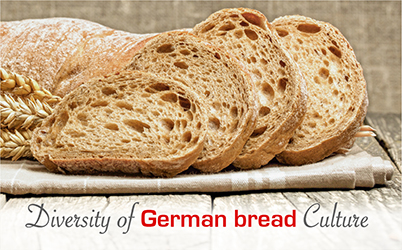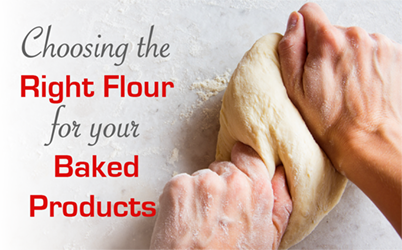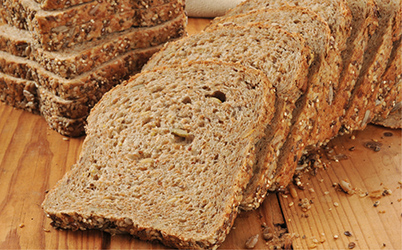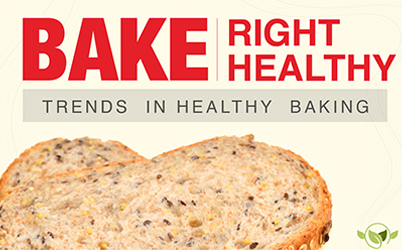Scoring Bread: The Benefits Of Scoring Bread & Why Chefs Must Do It
As a baker the most beautiful sight is when you pull out your oven tray and witness a beautiful loaf of bread with its “Ear”.
The ear gives breads like Sourdough their characteristic look. But these ears have a deeper purpose than just being attractive. As we all know, these ears are formed due to the process of scoring.
Understanding Oven Spring
Oven spring, simply put, is the expansion and rising of the bread that occurs after it’s put in the oven. A healthy oven spring is capable of making a piece of bread taste and feel magnificent.
A perfect oven spring leads to bread with a crispy crust and a soft crumb. More oven spring is a great indicator of the crumb of the bread. A greater oven spring indicates an airy bread with soft crumb, while a smaller oven spring can indicate the opposite.
But what causes this?
Oven Spring is an inflation of the dough that is caused by the carbon dioxide and steam produced by the yeast. When the oven heats up the dough, the yeast becomes more active.
As the yeast become active, they convert the starch and sugars of the flour into carbon dioxide and water vapour. These gases lead to an expansion of the dough which gives it the beautiful puffy shape that your customers enjoy.
Around 54C temperature is the ‘Yeast Kill’ point. Post this temperature the yeast become inactive and stop producing carbon dioxide that causes Oven Spring. The Crust set point is the temperature at which the outer crust hardens and becomes crispy. This is around 45C.
As professional bakers, we want to create systems that will make sure that the yeast kill point and the crust set point overlap to create the perfect oven spring.
Oven spring when done right can help you make a beautiful loaf of bread. But when done wrong can give you a misshapen unattractive looking bread.
Here is where scoring the bread becomes an important process.
The Science of Scoring Bread
Scoring is the most important part of creating an oven spring. Scoring is a simple technique of making small slits on the proofed dough that helps release the extra gases during the oven spring.
It's a method of releasing these gases from pre-defined outlets rather than letting them explode through the bread haphazardly. If bread is not scored, it will just expand towards the side of the bread or wherever the dough is the weakest.
As a professional baker, scoring is essential for achieving a good oven spring and also making the bread look more attractive.
There are many risks of not scoring the bread properly:
- If bread is not scored, it will expand and the oven spring will happen in any direction. This will result in inferior crumb and crust
- The shape and aesthetic of the bread will be spoiled
- As a professional baker, scoring gives you an opportunity to showcase your creativity.
- Scoring ensures uniformity in shapes across all your creations in your bakery. And as we know, consistency is the key to running a successful bakery
Scoring also has artistic significance. It adds to the beauty of the bread and most professional bakers also use it as a medium to create their signatures. An intricate scoring design is one of the indicators of a professional baker.
Different types of scores for your bakery
Scoring bread is as much of an art as a science. Bread can be scored in a variety of ways. The Score that each bakes chooses depends on the situation and the type of bread being baked.
As a rule of thumb, one deep score around ½ inch in depth is recommended to release the maximum amount of gas. Smaller cuts can be made then to create aesthetic designs.
You can use scoring to create custom signatures that are unique to your bakery. This can help you beautify while also branding what you create. That being said the most common types of scoring patterns professional bakers use are:
But why do we truly score bread? Why is it important?
As a professional baker, understanding the science behind this phenomenon can help you improve output and achieve consistency. To understand the purpose of these ears, we need to first talk about the concept called Oven Spring.
What kind of tool should a professional baker use to score?
As a professional baker, there are a variety of tools out there to choose from. Starting from just using a hand held blade to using a curved lame
Most professional bakers prefer using a lame (pronounced “La-hm”) to just a blade as it gives you more control and consistent results. Moreover a ‘curved’ lame is a tool of choice for creating the perfect ear. Seasoned bakers can get the same results with any tools, but the lame makes the process easier.
Apart from a lame, one can also use tools like a blade, a knife or anything sharp enough to cut through the dough with precision. For making intricate designs, the lame can be combined with a thread.
Some Scoring tricks used by professional bakers
- Dust your loaves with flour before you score. This helps to create a contrast between the white flour and dark baked crust. Your designs will be seen more clearly.
- Use a sieve to coat the dough with the flour. This helps to get an even coat on before you start scoring
- Placing a parchment paper below the dough is recommended
- To create a “Ear” always cut a little away from the center line at a 35-45 degree angle
- Using a stencil is a great way to create attractive designs with ease
Scoring bread is a skill that gets better with practice. Hope this guide helps you in your journey to serve your customers better.
At SwissBake® we offer a wide range of products and solutions for professional & commercial bakers in order to help you prepare high quality products consistently and easily.
We already cater to the needs of many bakers who rely on us for our premium quality convenient mixes and customised solutions for authentic bakery products. For more information on our products, feel free to reach us on support@swissbake.bh


